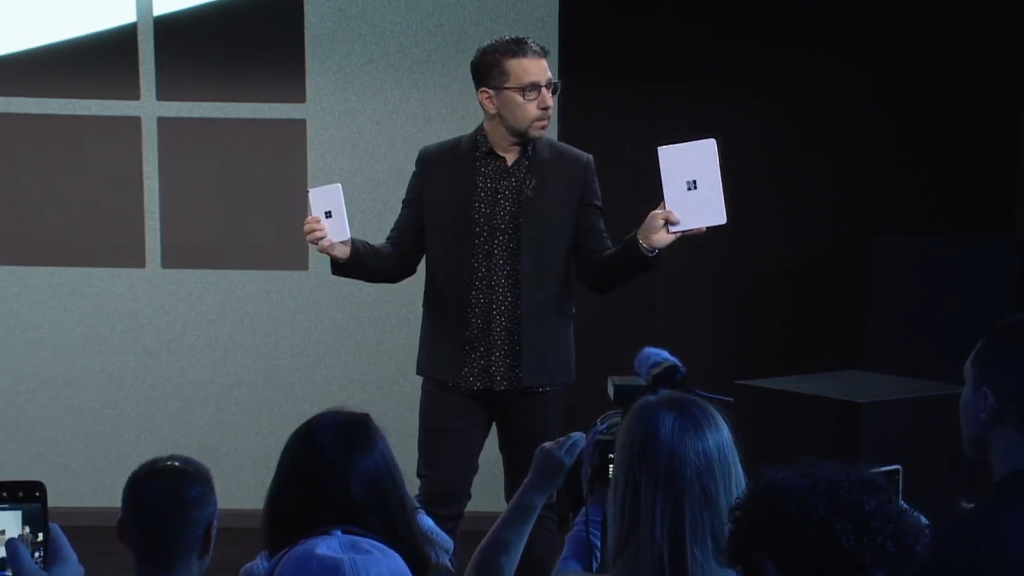Samsung heads into CES 2026 with momentum Samsung Electronics is closing out 2025 with a strong signal of where its future tech ambitions lie….
Microsoft reconsiders and delays Windows 10X’s dual-display destiny

Windows 10X, Microsoft’s operating system initially designed for dual-screen devices, is coming to laptops with single screens.
In an announcement by Microsoft CPO Panos Panay on Monday, the company explained that its tweaked version of Windows, initially designed for the likes of its Surface Neo “foldable”, will now debut on single-screen devices first.
Windows 10X was first announced alongside the company’s dual-screen device future at the bottom end of 2019.
It’s a philosophical shakeup for the operating system that also puts a greater emphasis on cloud computing, but Panay believes Windows 10X’s flexibility will shine on both single and dual-display devices.
“With Windows 10X, we designed for flexibility, and that flexibility has enabled us to pivot our focus toward single-screen Windows 10X devices that leverage the power of the cloud to help our customers work, learn and play in new ways,” he said.
He explicitly notes that this isn’t a death knell for dual-screen devices. But, at least for now, Microsoft is broadening its development path to focus on the current global computer usage model. (Thanks COVID).
“As the world and people’s routines are changing, it is important that we focus on meeting our customers where they are now and helping them get to where they want to be in the future,” Panay added.
So, what does this mean for Surface Duo and Neo? Well, the Duo is actually set to run Android, but both probably won’t launch by the end of the year as initially planned.
This does give Microsoft more time to fine-tune the devices’ OS. A lack of polish and app support ultimately lead to the death of Microsoft’s previous pocket device venture, Windows Phone.
Windows 10 on tablets aren’t exactly outselling iPads or Android tabs either.
For vanilla Windows 10, users should soon receive the May 2020 update which will add better Bluetooth support, improved tablet keyboards, and the addition of kaomoji in the emoji keyboard for you cool kids out there.
The announcement also put into doubt Windows 10’s future, whether it’ll be entirely replaced by 10X in the coming years, or if each version of the OS will remain on separate but similar development paths.
In March, Microsoft announced that Windows 10 was running on more than a billion devices worldwide, a three-year goal that was set at the OS’s launch in 2015.
Feature image: Feature image: Panos Panay with the Microsoft Surface Duo (left), and larger Surface Neo (right), by Microsoft


